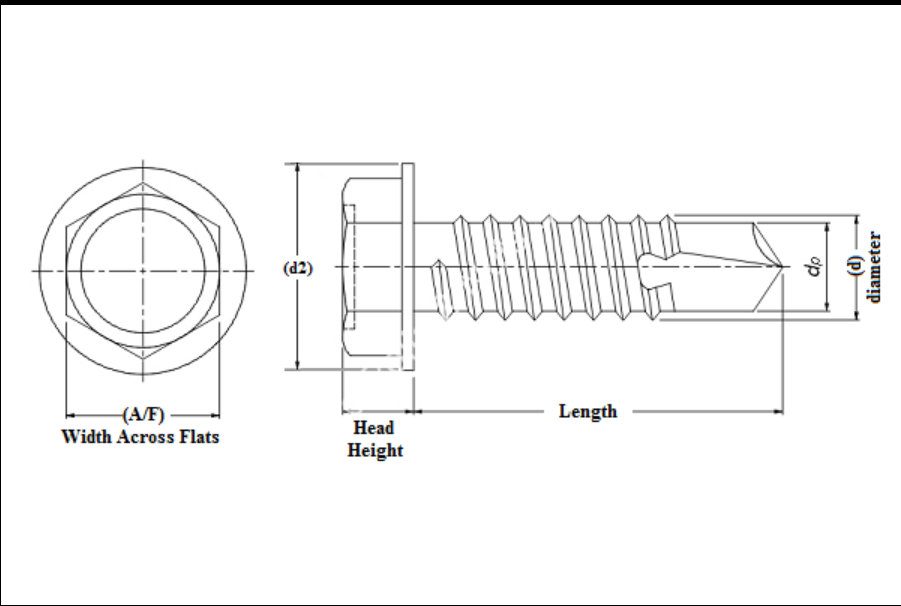Affordable Solutions for Fixing Screw Issues in Drywall with Easy-to-Follow Tips
The Ultimate Guide to Fixing Screw Pops in Drywall
Screw pops are a common issue in many homes, especially in drywall ceilings and walls. They occur when the screws that hold the drywall in place become loose, causing the surface to bulge outwards, creating unsightly bumps. While this can be a frustrating problem, the good news is that fixing screw pops is an inexpensive and manageable task that you can do yourself with a few simple tools and materials. In this article, we will walk you through the process of identifying and fixing screw pops in your drywall.
Understanding Screw Pops
Screw pops happen when the screws used to attach drywall to wall studs or ceiling joists pull away from the material due to several factors. Common causes include
1. Moisture and Humidity Changes in humidity levels can cause the wood framing to expand and contract, leading to movement that loosens the screws.
2. Improper Installing Techniques Using the wrong type of screw, improper spacing, or not driving screws deep enough can contribute to the problem.
3. Settling of the House As homes settle over time, shifts in the structure can create force on the drywall, resulting in screw pops.
Identifying Screw Pops
The first step in resolving screw pops is to identify the problem areas. Look for dimpled or slightly raised spots on your drywall surface. You might also notice a small hole where the screw has pulled away. These indentations typically appear as tiny bumps that can be felt by running your hand over the wall. Checking for screw pops should be done regularly, especially in rooms with fluctuating humidity like bathrooms or kitchens.
Materials Required
To fix screw pops, you will need the following tools and materials - Drywall screws (1-1/4 inch or 1-5/8 inch, depending on the thickness of your drywall) - A drywall screwgun or a drill - Drywall joint compound or spackle - A putty knife - Sandpaper (fine grit) - Primer and paint (if necessary)
Fixing the Screw Pops
cheap fixing screw pops in drywall

1. Locate the Problem Area Start by observing the affected area closely. If you have multiple screw pops, it’s a good idea to address them all at once.
2. Drive in New Screws Using a drywall screwgun or drill, gently drive a new screw into the drywall about 1-2 inches away from the existing screw pop. This will secure the drywall to the stud once again. Avoid overdriving the screw, as it can damage the drywall.
3. Remove the Loose Screw If the old screw is particularly loose, you can remove it entirely. This step is optional, but it might be a good idea if the screw appears damaged or is not providing any holding power.
4. Repair the Surface Once the new screw is in place, use a putty knife to apply drywall joint compound or spackle over the area. Feather the edges to blend it smoothly with the surrounding wall. Allow it to dry completely, which may take several hours.
5. Sand the Area After the compound is dry, lightly sand the area with fine-grit sandpaper until it’s smooth and flush with the wall. Be careful not to sand too much, as you don’t want to damage the surrounding drywall.
6. Prime and Paint If the area is visible and requires a fresh look, consider applying a coat of primer followed by paint to match the existing color. This step will help restore the aesthetics of your wall or ceiling.
Preventing Future Screw Pops
To avoid future screw pops, consider the following preventive measures
- Use the right type and length of screws for drywall installation. - Ensure proper spacing and depth when attaching drywall to studs. - Control humidity levels in your home with dehumidifiers, especially in areas prone to moisture.
Conclusion
Fixing screw pops in drywall can be a straightforward and cost-effective DIY project. By understanding the causes and following the steps outlined above, you can restore the smooth appearance of your walls in no time. Regular maintenance and preventative measures will ensure your drywall remains in good condition, enhancing the overall aesthetic of your home. So gather your materials, roll up your sleeves, and tackle those screw pops with confidence!
-
Top Choices for Plasterboard FixingNewsDec.26,2024
-
The Versatility of Specialty WashersNewsDec.26,2024
-
Secure Your ProjectsNewsDec.26,2024
-
Essential Screws for Chipboard Flooring ProjectsNewsDec.26,2024
-
Choosing the Right Drywall ScrewsNewsDec.26,2024
-
Black Phosphate Screws for Superior PerformanceNewsDec.26,2024
-
The Versatile Choice of Nylon Flat Washers for Your NeedsNewsDec.18,2024










